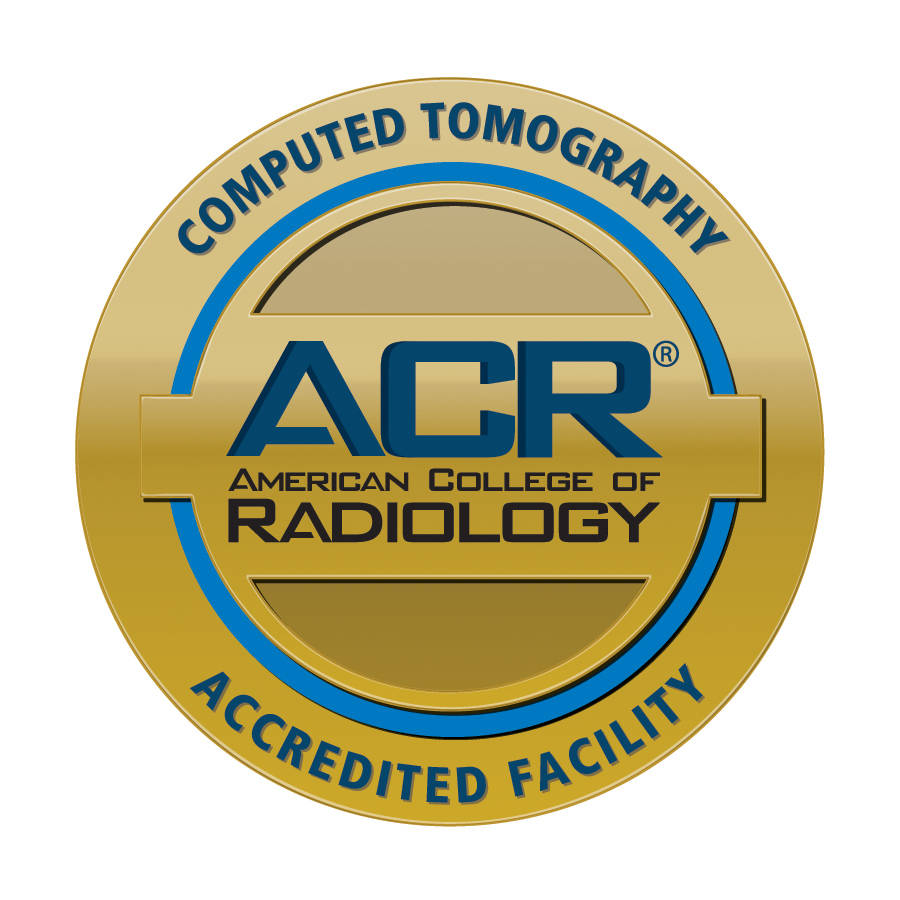In the realm of medical diagnostics, few technologies have stood the test of time and proven as invaluable as X-ray imaging. Since its serendipitous discovery in 1895 by Wilhelm Roentgen, X-rays have revolutionized the field of medicine, providing physicians with a non-invasive tool to peer inside the human body. This powerful form of electromagnetic radiation has played a pivotal role in diagnosing a myriad of medical conditions, guiding treatment plans, and ultimately saving countless lives. In this blog post, we will delve into the vital role of X-rays in medical diagnostics, exploring the technology's evolution, its applications, and its impact on modern healthcare.
Wilhelm Roentgen's accidental discovery of X-rays marked the beginning of a transformative era in medicine. The ability to capture images of the internal structures of the human body without resorting to invasive procedures was revolutionary. Over the years, X-ray technology has undergone significant advancements, evolving from traditional film-based imaging to digital radiography and computed tomography (CT) scans. Digital radiography has replaced conventional X-ray films with digital sensors, offering improved image quality, faster results, and reduced radiation exposure. CT scans, on the other hand, utilize X-rays to create detailed cross-sectional images of the body. This three-dimensional imaging technique has become an essential tool for diagnosing a wide range of conditions, from bone fractures to internal organ abnormalities.
X-rays find extensive application across various medical disciplines, playing a crucial role in the diagnosis and management of diverse conditions. One of the primary uses of X-ray imaging is in the evaluation of musculoskeletal injuries, such as fractures and dislocations. The ability to visualize bones in detail allows healthcare professionals to determine the extent of damage and formulate appropriate treatment plans. In the field of dentistry, dental X-rays are routinely employed for detecting cavities, assessing the health of the jawbone, and planning orthodontic treatments. The non-invasive nature of X-rays makes them an indispensable tool in dental care, providing valuable insights that contribute to effective patient care. Beyond bones and teeth, X-rays are instrumental in the detection of pulmonary conditions. Chest X-rays are commonly employed to diagnose respiratory infections, pneumonia, and lung cancer. They allow healthcare providers to visualize the lungs and surrounding structures, aiding in the early identification of abnormalities. In the realm of cardiology, X-ray technology is utilized in angiography to examine blood vessels. This procedure, known as coronary angiography, plays a crucial role in diagnosing heart conditions, such as coronary artery disease. By injecting a contrast dye into the blood vessels and capturing X-ray images in real-time, physicians can assess blood flow and identify potential blockages or abnormalities in the heart's arteries. X-rays also play a vital role in detecting and monitoring certain types of cancer. Mammography, a specialized form of X-ray imaging, is widely used for breast cancer screening. It enables the early detection of tumors, significantly improving the chances of successful treatment.
While X-rays have revolutionized medical diagnostics, concerns about radiation exposure have prompted ongoing efforts to enhance safety measures. Modern X-ray machines are designed to minimize radiation doses while maintaining image quality. Additionally, advancements such as low-dose imaging techniques and real-time monitoring contribute to a safer diagnostic experience for patients.
Technological innovations continue to shape the landscape of X-ray imaging. Cone-beam computed tomography (CBCT), for instance, offers three-dimensional imaging with reduced radiation exposure, making it particularly valuable in dental and orthopedic applications. Furthermore, developments in artificial intelligence (AI) are being integrated into X-ray interpretation, aiding healthcare professionals in the accurate and timely diagnosis of medical conditions.
Connect with us to learn more about how the AV Imaging team can help!

